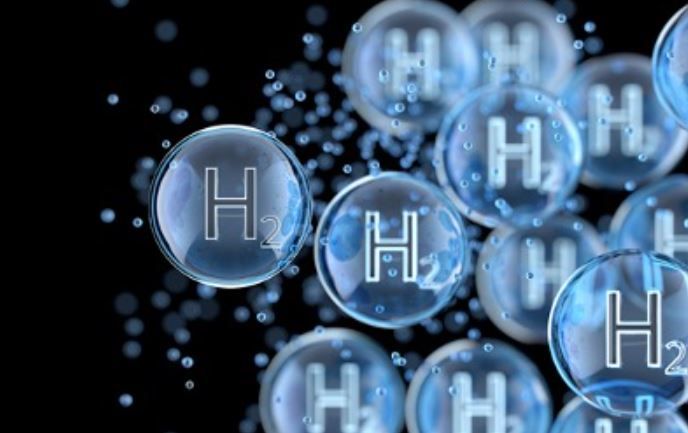Siemens, the German technology giant, is set to participate in an ambitious electricity terminal and green hydrogen project in Gippsland.
This initiative aims to harness energy from the planned wind farms in the Bass Strait, marking a significant step in the energy transition of the region. A dedicated area on the Gippsland coast is earmarked for constructing the electricity terminal and a hydrogen facility, which will process power from these wind farms. The project’s goal is to use surplus power generation to produce green hydrogen economically. Electricity currently constitutes about 70% of the cost of producing green hydrogen, but Siemens’ approach could significantly reduce this cost. The green hydrogen produced could aid in decarbonizing challenging sectors like transport in the region.
The Gippsland project is pending confirmation by VicGrid, which is working on the transmission line routes to connect the terminal with the Latrobe Valley’s power grid. Siemens is eager to collaborate with developers to bring advanced technology to the project. The proposed hydrogen plant aims to produce low-cost green hydrogen using the excess capacity from potential 26 gigawatts of offshore wind energy. This flexible energy use scenario includes charging storage systems and generating power on demand.
McCluskey reaffirmed Gippsland’s vital role in Victoria’s electrification, noting its promising future in global clean energy demand. Siemens’ involvement positions Gippsland to leverage its resources in contributing to a more sustainable world energy landscape.





